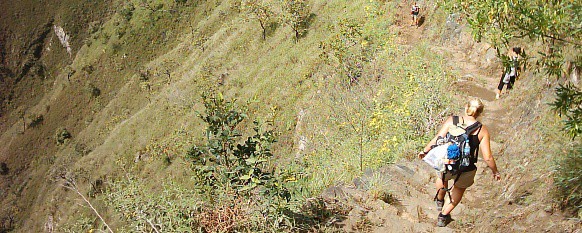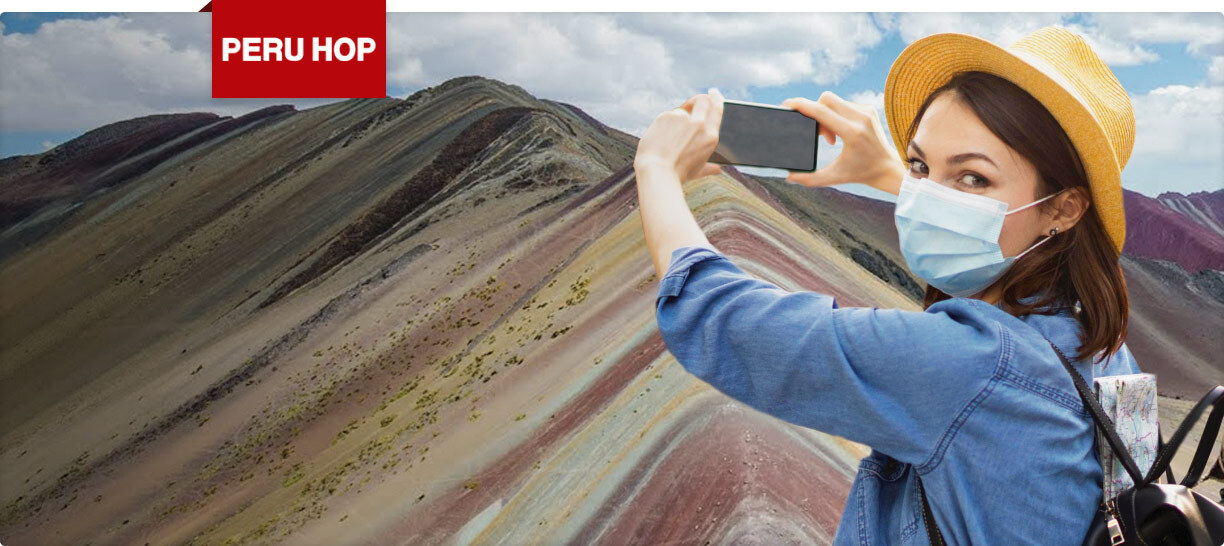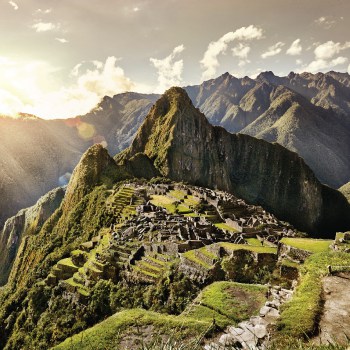How to Prevent Altitude Sickness in Peru

Hiking at high altitude on the way to Machu Picchu (photo © Tony Dunnell)
Altitude sickness, also known as acute mountain sickness (AMS), can occur at heights of 2,500 meters (8,200 feet) and above. That means that many popular attractions in Peru fall under this category, including the city of Cusco and the popular Rainbow Mountain. Once you hit this altitude, there is a real risk of illness and, in extreme cases, death.
Altitude sickness does not respect physical fitness or overall health. The Spanish Conquistadores — tough, hardened men — suffered from soroche as they made their way to Cusco in 1533. In 2010, altitude sickness claimed the lives of two backpackers in Peru: Katrina Jacks, a 23-year-old with a silver medal for rowing in the 2007 Commonwealth Championships, and Alicia Parks, a 24-year-old nurse with a passion for extreme sports. It is always strongly recommended to ascend slowly to altitude (e.g take a bus) and try acclimatize at places along the way to your final destination (e.g. 2 days in Arequipa before you visit Cusco)
Avoiding Altitude Sickness in Peru
While fatalities are rare, many travelers will experience mild forms of altitude sickness in Peru. Even in its mildest form, it has the potential to ruin your trip, forcing you to abandon your travel plans for a day or two while you recover.
When ascending to highly elevated destinations (see Peru Altitude Data and Elevation Map), keep in mind the following tips, all of which can help prevent altitude sickness:
- A slow ascent: Acclimatization is the key to avoiding altitude sickness. When possible, ascend slowly, giving your body time to adapt. This won’t always be an option, especially if you’re flying to a high-altitude destination (for example, from Lima to Cusco or Lima to Puno). If that’s the case…
- Take it easy on arrival: Give your body time to acclimatize without any additional stress or strain. Avoid serious exertion (hiking, rafting, biking etc) during your first 24-hours at altitude. Most importantly, try to maintain your altitude — do not go any higher during your first day. Remember, try to stop at Arequipa before visiting Puno or Cusco…this will help you a LOT, and anyways, Arequipa is probably Peru´s most beautiful city!
- Avoid cigarettes, alcohol and medications such as tranquillizers and sleeping pills, all of which can worsen the symptoms of altitude sickness.
- Stay hydrated: Drink plenty of fluids. The UK’s NHS website recommends a minimum of four to six liters a day.
- Eat plenty of carbohydrates: High-carbohydrate foods such as pasta can help reduce the risk of altitude sickness.
- Altitude sickness medication: Preventative medication is no substitute for proper acclimatization or a slow ascent, but “soroche pills” do exist. Acetazolamide (Diamox) is a common option — always consult your doctor before taking altitude medication.
- Coca leaves: Chewing coca leaves — or drinking coca tea — may help reduce the risk of altitude sickness. This is the traditional method of preventing soroche in the Andes. Hotels in places such as Cusco and Puno often present newly arrived guests with coca tea. Tour guides frequently recommend chewing the leaf or drinking the tea before and during high-altitude treks and excursions.

Altitude Sickness Symptoms
Altitude sickness prevention is never 100% effective. With that in mind, it’s important to know the potential symptoms.
Symptoms of mild altitude sickness can include one or more of the following:
- mild headaches
- nausea
- dizziness
- tiredness
- difficulty sleeping
- loss of appetite
Symptoms of serious altitude sickness can include
- severe, persistent headaches
- repeated vomiting
- severe dizziness and difficulty with balance
- problems with vision
- a sense of confusion
- pressure in chest, rapid breathing, high pulse rate
If you are experiencing mild symptoms, try to rest and do not go any higher. For both mild and serious altitude sickness, go lower!. Only descending will deal with the root cause of the problem.
Remember:
- Ascend Slowly
- Take buses where possible
- Stop at Arequipa on the way to Cusco to acclimatize (you will be fine after this)
- If flying, take it very easy on your first 2 days
If you are (still?) interested in a trip to this amazing country we suggest you check out FindLocalTrips.com a tour comparison website with heaps of info and all the different options for taking that trip of a lifetime.
ENTERTAINMENT TIP: If looking for fun at night, or to watch sports during the day, a taste of home or even just to chill out, visit the Wild Rover Hostels Chain for great food, sports and beer! Entrance to their bars is free even for non-guests











7 comments for “How to Prevent Altitude Sickness in Peru”